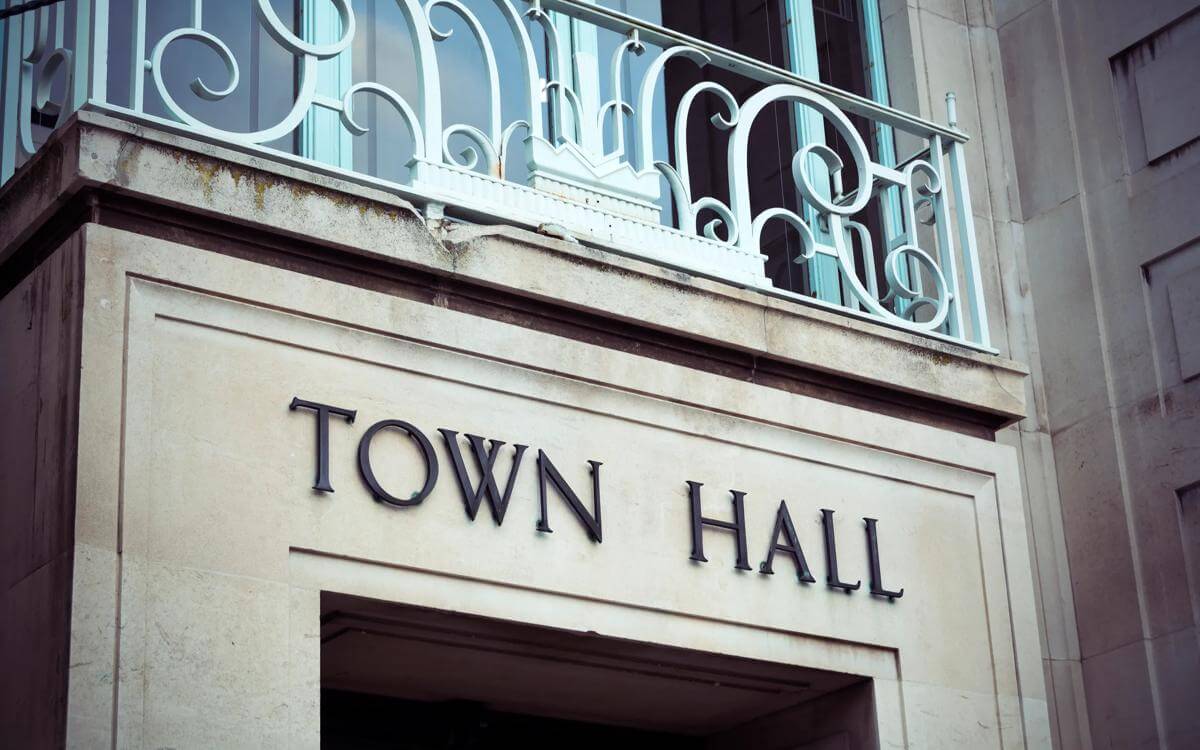Earlier this year, the Government announced its Priority Programme areas for devolution.
There were six areas that were supposedly predominantly focused on creation of new Strategic Authorities for their areas (except Surrey where it was considered that Local Government Reorganisation (LGR) was required to first to ‘unlock’ devolution).
However, all those Priority Programme areas which do not currently have unitary councils (i.e. Norfolk, Suffolk, Essex, East Sussex, West Sussex and Hampshire) were also expected to move their plans for LGR quickly forward. These areas were set a deadline for providing proposals for LGR in their areas to the Government by 26 September.
All other two-tier areas were required to submit proposals by 28 November. So, for all areas deadline day is looming, but for Priority Programme areas, it is here.
Government requirements for two-tier council proposals
As a reminder, the Government has asked all two-tier council areas (i.e. those with county councils and borough or district councils underneath) to submit proposals for the creation of unitary councils under section 2 of the Local Government and Public Involvement in Health Act 2007.
Under section 2, proposals can include a single tier for a whole county area (type A), a single tier for one or more districts within the county (type B) or a single tier for either the county or one or more districts, plus any relevant adjoining area.
While these requirements might seem straightforward, councils are finding it difficult to navigate making the proposals they wish to, where there is no agreement between all the councils in an area. It seems increasingly clear that consensus within areas is not going to be achieved in most places.
Interim proposal results
All areas were required to submit interim proposals by 21 March and all but one area did.
The Local Government Information Unit analysed all the responses and found that only eight joint responses were made as per MHCLGs preference.
In total, 39 proposals were made across 21 areas, indicating that in many areas more than two proposals were made. If anything, it would seem further time for debate and discussion has led to even more potential options on the table.
The Government is unlikely to welcome multiple proposals from areas, but, at this point in time, it cannot compel proposals to be made as it wishes (until new provisions are brought in through the Devolution and Community Empowerment Bill), and so it will have to deal with what it gets.
Government feedback
Perhaps unsurprisingly, the Government’s feedback on the interim proposals reiterated their desire for single proposals across areas, more detail on cost and on service delivery within and across areas, and for a greater focus on how proposals will deliver devolution.
This has meant that there has been a lot for the Priority Programme areas to pull together in time for the submission deadline this month. We will shortly see what is put forward to the Government, and how the Government will approach determination of the proposals made to it.
Areas with a November deadline for proposal submission will be watching particularly closely and shaping their proposals accordingly.
Implementation and realistic timescales for local reorganisation
It’s still not clear how many areas the Government will allow to bring forward their reorganisation proposals in time for May 2027.
It seems clear that not all 21 areas will be able to progress at once due to capacity at MHCLG. In fact, although the Priority Programme is currently on a quicker timetable as devolution is happening first for most areas, it may be that if consensus cannot be reached on unitarisation in some of those priority areas, then areas where there is agreement outside of the Priority Programme would still be progressed more quickly.
What is clear, is that the Government will have the power to compel proposals to be made sometime during 2026. Accordingly, if no satisfactory proposals are made for some areas, the Government is likely to simply wait until it has the new powers of direction. Once it has those powers, its vision of all areas being two-tier within the current government term is likely to be achievable.
Conclusion: Navigating uncertain times
Given that it seems likely that all remaining two-tier areas will go through LGR in the next few years, it would be wise for areas to start considering transfer of assets, staff, liabilities and any shared service delivery now.
Our guide to local government reorganisation has some great information and tips for areas beginning to think about this. Certainly, beginning to think now will likely significantly ease rapid progress later.
While a lot is still uncertain in this space, what is absolutely without doubt, is that we remain in pressured and tumultuous times for local government.











